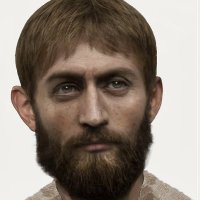
Ancestral Whispers
@Sulkalmakh
Facial reconstructions, Anthropology, Archaeogenetics, Archaeology, Ethnography.
ID:1244265966122545152
https://www.ancestralwhispers.org/ 29-03-2020 14:12:57
568 Tweets
13,2K Followers
20 Following





















@Sulkalmakh
Facial reconstructions, Anthropology, Archaeogenetics, Archaeology, Ethnography.
ID:1244265966122545152
https://www.ancestralwhispers.org/ 29-03-2020 14:12:57
568 Tweets
13,2K Followers
20 Following



















